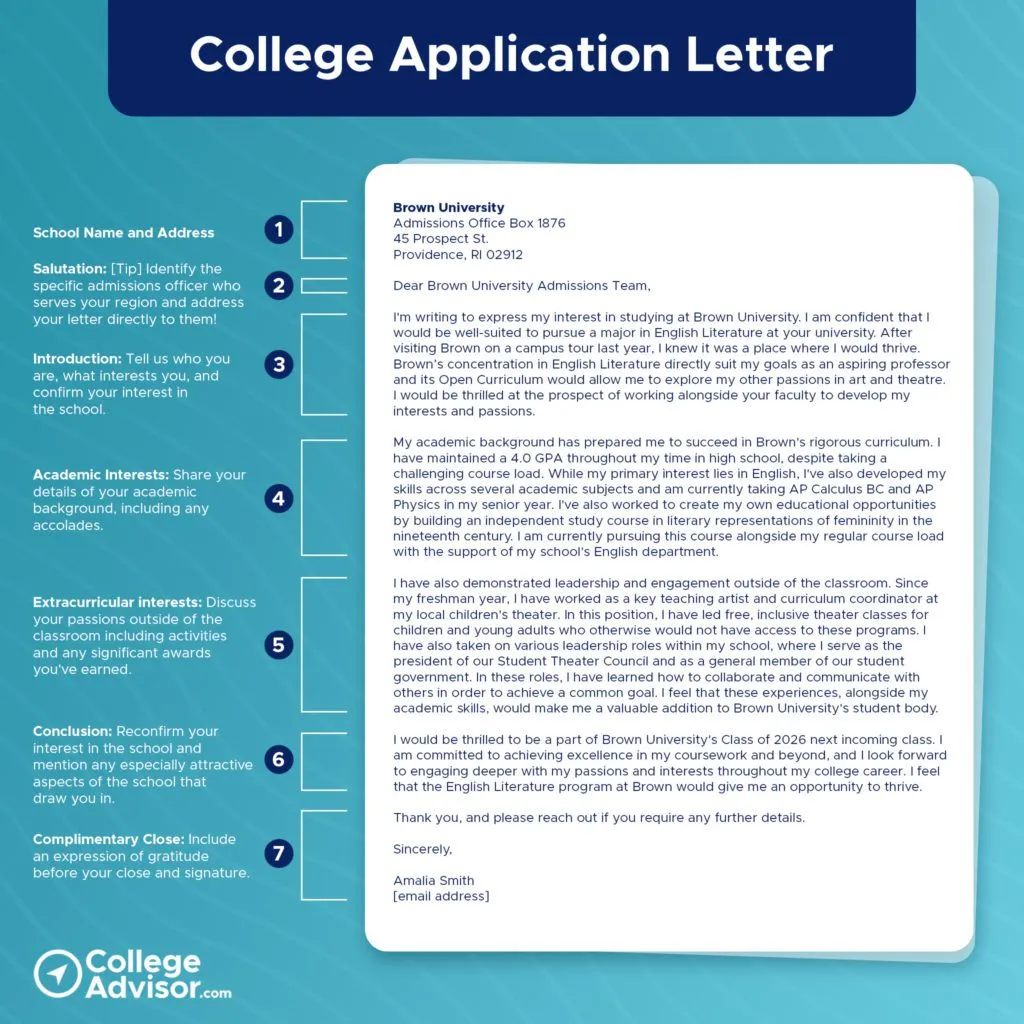Understanding the College Application Cover Letter
The college application process is a multifaceted endeavor, and among its crucial components is the cover letter. This document serves as your personal introduction to the admissions committee, offering a glimpse into your personality, aspirations, and suitability for their institution. Unlike the standardized format of a transcript or the brevity of test scores, the cover letter allows you to articulate your unique story and make a compelling case for your acceptance. A well-crafted cover letter can significantly enhance your application, providing context to your achievements and demonstrating your genuine interest in the college or university.
Why is a Cover Letter Important?
A cover letter is more than just a formality; it’s an opportunity to differentiate yourself from other applicants. Admissions officers often read hundreds, if not thousands, of applications. A cover letter allows you to stand out by showcasing your individuality, highlighting experiences and qualities that might not be evident elsewhere in your application. It provides a platform to explain any inconsistencies in your academic record, elaborate on significant extracurricular activities, and demonstrate your passion for learning and growth. Furthermore, the cover letter reveals your writing skills, an essential ability for college success, and your communication style, giving the admissions committee a sense of who you are as a person.
What Makes a Stellar Cover Letter?
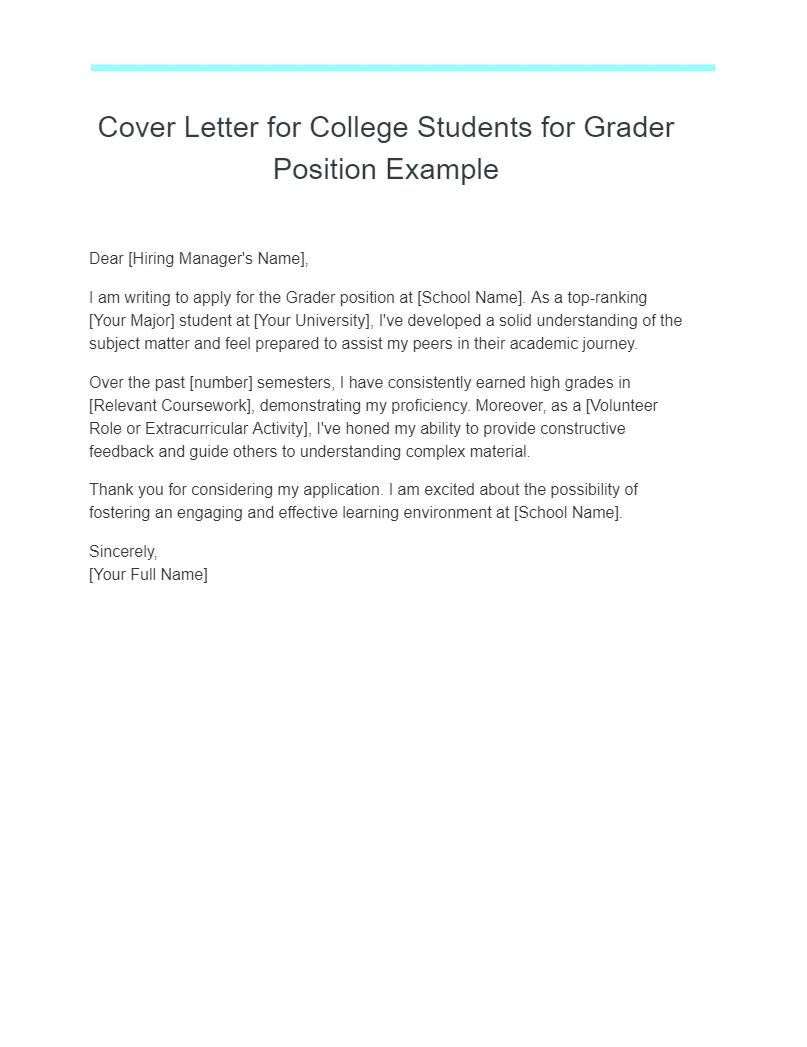
A stellar cover letter is characterized by several key elements. It should be personalized, reflecting your genuine interest in the specific college and program to which you are applying. It should be concise, typically one page in length, and well-organized, with a clear and logical flow of ideas. The letter should demonstrate your writing skills, using proper grammar, punctuation, and a professional tone. Most importantly, it should tell a compelling story, connecting your past experiences to your future aspirations and articulating why you are a good fit for the institution. This involves showcasing your achievements, highlighting your relevant experiences, and expressing your enthusiasm for the opportunity.
Pre-Writing Phase Brainstorming and Planning
Before you start writing, take time to brainstorm and plan your approach. This phase is critical for crafting a cover letter that truly resonates with the admissions committee. Effective pre-writing involves thorough research, self-reflection, and a clear understanding of your goals. The more effort you put into the pre-writing phase, the stronger and more impactful your cover letter will be. Consider this stage as the foundation upon which you will build your application, ensuring that every word serves a purpose and contributes to your overall message.
Researching the College and Program
Begin by researching the college or university. Explore their website, read about their academic programs, and familiarize yourself with their mission and values. Demonstrate genuine interest in the institution by mentioning specific aspects that appeal to you, such as unique courses, research opportunities, or campus culture. Also, research the specific program you are applying for. Understand the program’s curriculum, faculty, and resources. Highlight how your interests and goals align with the program’s offerings. This shows that you have taken the time to understand what the college and program offer and that you are not just sending a generic application. Personalized letters are always more effective than generic ones.
Identifying Your Key Strengths and Experiences
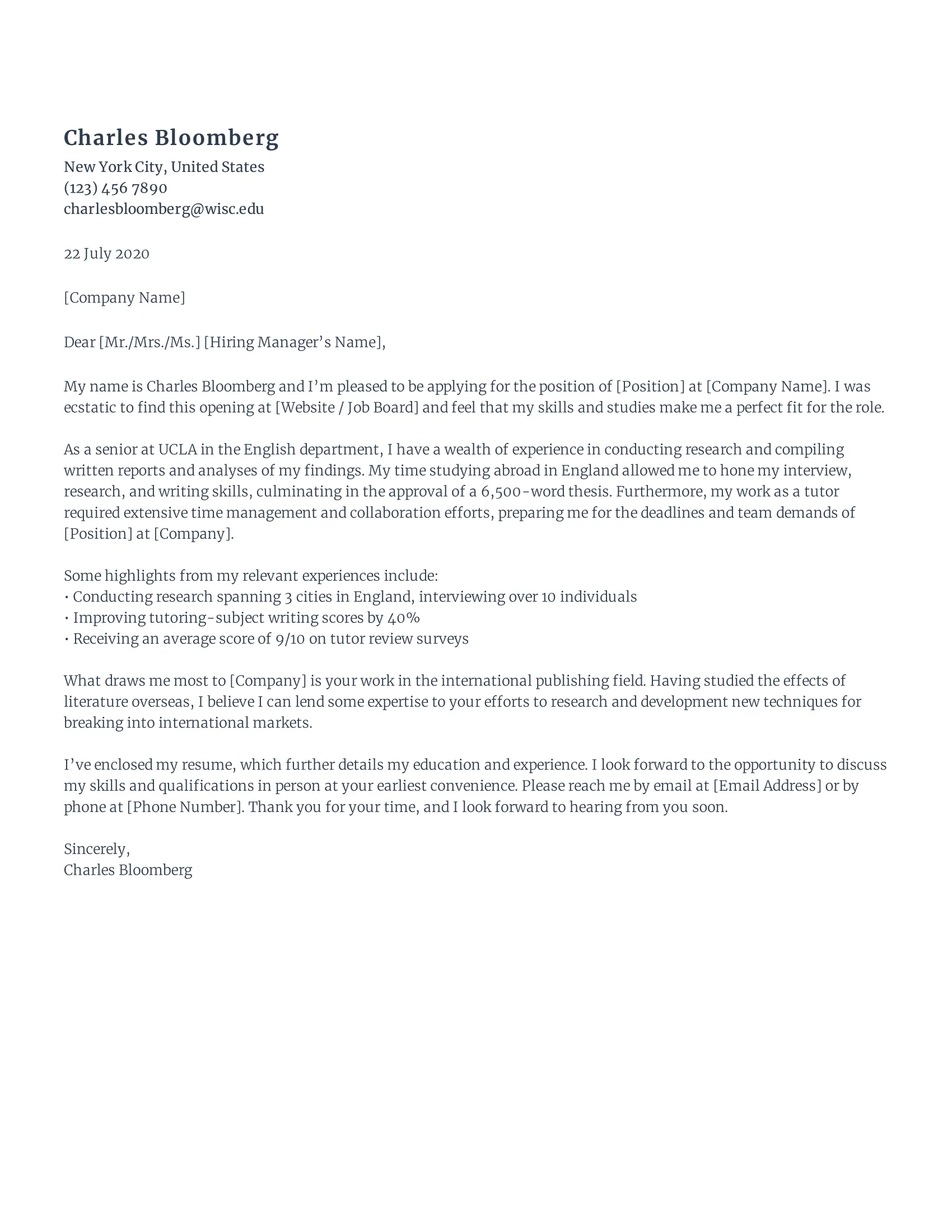
Reflect on your accomplishments, experiences, and skills. Identify the qualities that make you a strong candidate, such as leadership, teamwork, critical thinking, or creativity. Think about your extracurricular activities, volunteer work, internships, and any other experiences that have shaped you. Choose experiences that align with your goals and demonstrate your suitability for the program. Prioritize the experiences that have had the most significant impact on your personal and intellectual development. Moreover, consider how these experiences have prepared you for the challenges and opportunities of college life. Focus on the qualities you have developed through those experiences and connect them to your future aspirations.
Structuring Your Cover Letter
Structure your cover letter for clarity and impact. A well-structured letter is easy to read and conveys your message effectively. Divide your letter into three main sections opening paragraph, body paragraphs, and concluding paragraph. Each section should serve a specific purpose and contribute to the overall narrative. This structured approach guides the reader through your qualifications and showcases your personality and aspirations in a logical and engaging way. A clear structure makes a positive impression and demonstrates your organizational and communication skills.
Opening Paragraph The Hook
Start with a captivating opening that grabs the reader’s attention. The opening paragraph should state your purpose for writing and immediately convey your interest in the college or program. Consider starting with a compelling anecdote, a brief statement of your goals, or a mention of a specific aspect of the college that appeals to you. The opening paragraph should be concise, typically two to three sentences long, and set the tone for the rest of the letter. A strong opening paragraph will make the reader eager to learn more about you.
Body Paragraphs Showcasing Your Achievements
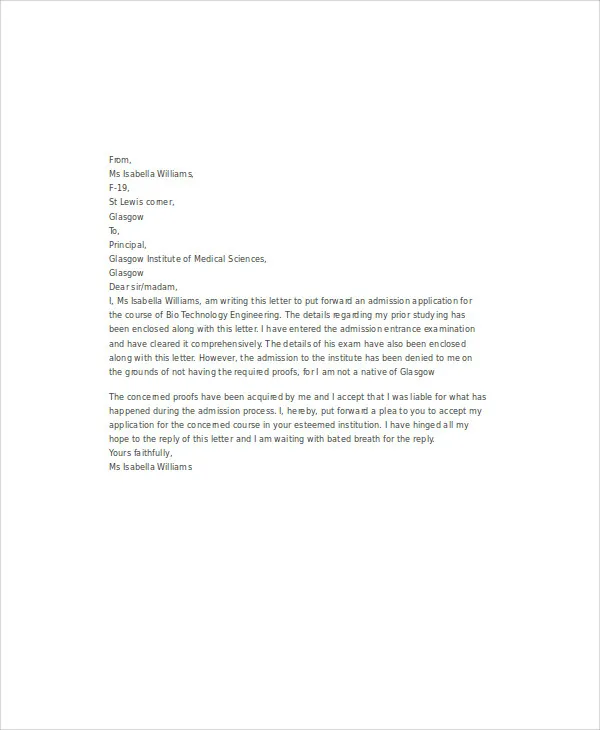
The body paragraphs are the heart of your cover letter. Use these paragraphs to showcase your achievements, highlight relevant experiences, and demonstrate your skills and qualities. Choose two or three key experiences or accomplishments that support your application. Provide specific examples to illustrate your points. For each experience, describe what you did, what you learned, and what impact you made. Use the STAR method Situation, Task, Action, Result to structure your examples. Show, don’t just tell. Back up your claims with concrete evidence. Remember that the goal of the body paragraphs is to provide a comprehensive and persuasive overview of your qualifications.
Highlighting Relevant Experiences
Focus on experiences that align with your academic and career goals. Highlight relevant internships, volunteer work, extracurricular activities, and leadership positions. Provide specific details about your roles and responsibilities. Quantify your achievements whenever possible, using numbers or data to illustrate your impact. For instance, if you increased membership in a club, state the percentage of increase. Relate these experiences to the program or college you are applying to. Demonstrate how your past experiences have prepared you for the challenges and opportunities of college life and the specific program.
Demonstrating Your Skills and Qualities
Incorporate your key skills and qualities throughout the body paragraphs. Choose qualities that are relevant to the program and institution. Provide concrete examples to illustrate these qualities. If you are highlighting your leadership skills, describe a situation where you led a team or initiative and the outcome. If you are emphasizing your analytical skills, discuss a project or assignment where you demonstrated your ability to solve problems. Use strong action verbs to describe your accomplishments. For instance, use words like ’led,’ ‘managed,’ ‘created,’ or ‘analyzed.’ Connect your skills and qualities to your future aspirations and how they will contribute to your success in college.
Concluding Paragraph Expressing Enthusiasm
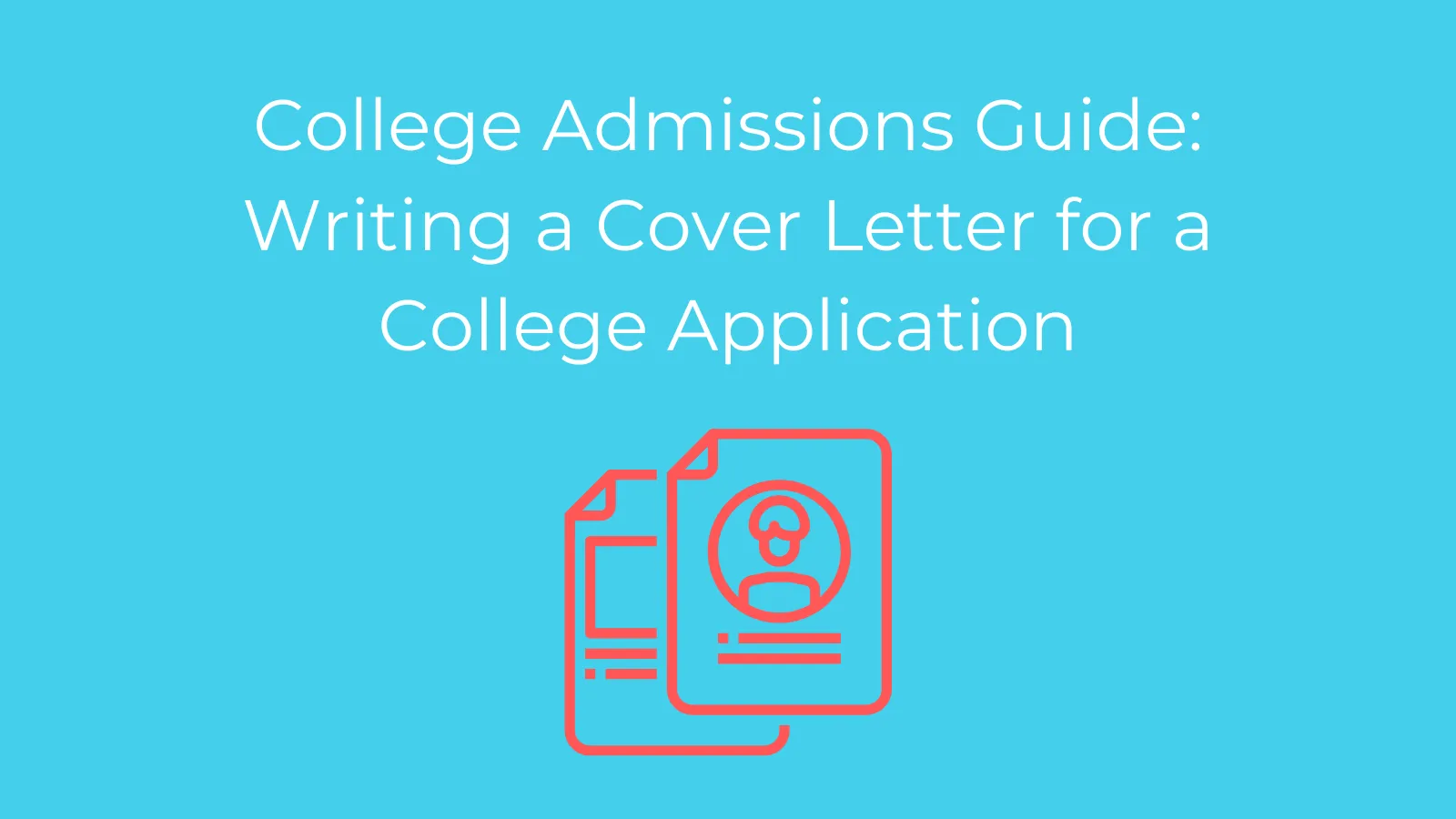
End with a strong concluding paragraph that reiterates your interest in the college or program. Restate your enthusiasm and summarize your key qualifications. Thank the admissions committee for their time and consideration. Express your eagerness to learn more about the college and the opportunities it offers. If appropriate, mention that you look forward to hearing from them soon. Keep your conclusion concise, leaving a lasting positive impression. The closing paragraph should be memorable and leave the reader with a clear understanding of your interest and suitability for the institution.
Formatting and Proofreading
Pay meticulous attention to formatting and proofreading. A polished cover letter demonstrates professionalism and attention to detail. Proper formatting makes your letter easy to read and visually appealing. Thorough proofreading ensures that your letter is free from errors and reflects your best work. Proofreading and formatting are equally important for making a good impression. It is important to show the admission committee that you pay attention to detail and have excellent communication skills. A letter riddled with errors will reflect poorly on you. Take the extra steps to ensure perfection.
Formatting Guidelines Font and Style
Use a professional and readable font, such as Times New Roman, Arial, or Calibri, with a font size of 11 or 12 points. Use standard margins (1 inch on all sides) and single-space your letter. Use a clear and consistent format throughout your document. Use block format, where all paragraphs are left-aligned. Include your contact information at the top of the letter. Address the letter to a specific person, if possible. A well-formatted cover letter is easy to read and creates a positive impression. Ensure that your formatting is consistent and professional.
Proofreading and Editing for Clarity
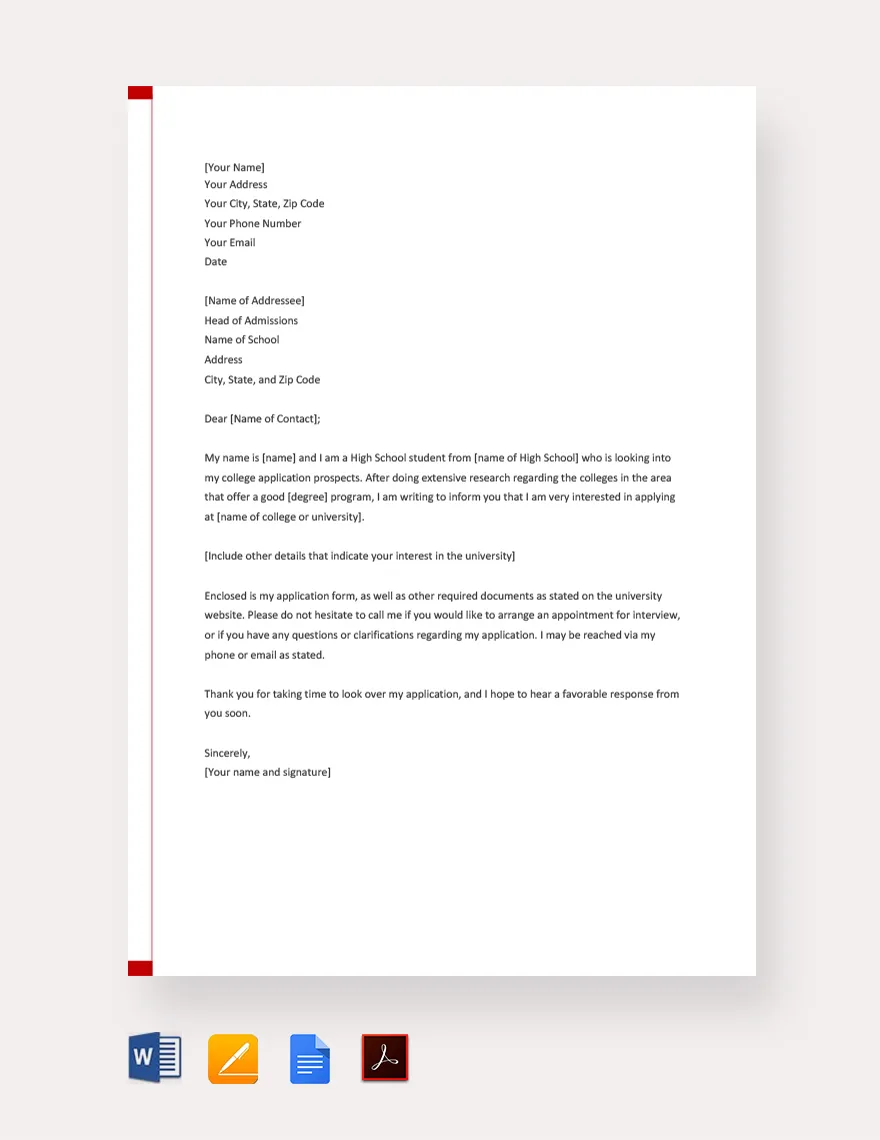
Proofread your cover letter carefully for any grammatical errors, spelling mistakes, and punctuation errors. Check for clarity and conciseness. Ensure that your sentences are well-structured and easy to understand. Read your letter aloud to catch any awkward phrasing or unclear sentences. Ask a friend, family member, or career counselor to proofread your letter for you. A fresh pair of eyes can often catch errors that you may have missed. Proofreading and editing are essential steps in creating a polished and effective cover letter. Take the time to ensure your letter is free of errors and reflects your best work.
In conclusion, writing a stellar college application cover letter is a crucial step in the admissions process. By understanding the importance of the cover letter, planning effectively, structuring your letter logically, and paying attention to formatting and proofreading, you can create a compelling document that showcases your unique qualities and increases your chances of acceptance. Remember to tailor your letter to each specific college and program and to let your personality shine through. Good luck with your application!
